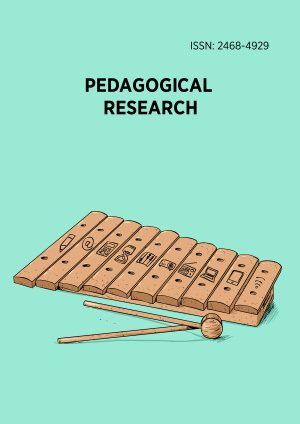Abstract
In response to the coronavirus disease 2019 (COVID-19) pandemic, many countries had implemented school closures by March 6, 2020. This study aimed to evaluate the social and economic impact of school closure on the students’ families. Households were surveyed using an online questionnaire interview to obtain information on adherence to, socio-economic impact by and inconveniences of school closure. The current study showed that school closures have profound economic and social consequences in the Gaza Strip. Most of the interviewed households (88.1%) were supportive of the school closure, whereas only 11.9% did not support it. Despite the restriction on attending gatherings or visiting public places, 30.5% of the school student visited relatives, 8.5% went to public places, and 3.4% went to parents’ workplaces. Overall, 25.4% of the interviewed households reported workplace absenteeism, whereas the highest percentage (74.6%) were not absenteeism from their work. The economic harms of school closures are high, where 77.9% of households reported their wage loss during the closure. The daily wage lost per household ranged from 3 to 265 ILS.
License
This is an open access article distributed under the Creative Commons Attribution License which permits unrestricted use, distribution, and reproduction in any medium, provided the original work is properly cited.
Article Type: Research Article
PEDAGOGICAL RES, Volume 5, Issue 4, October 2020, Article No: em0068
https://doi.org/10.29333/pr/8254
Publication date: 11 May 2020
Article Views: 4858
Article Downloads: 3126
Open Access References How to cite this article
 Full Text (PDF)
Full Text (PDF)